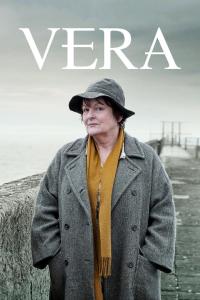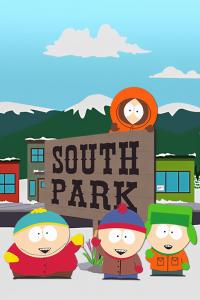Torrent details for "Mozart - Piano Concertos 1-4 - Robert Levin, Academy of Ancient Music, Christopher Hogwood (2001) [F..." Log in to bookmark
Controls:
Language:
 English
EnglishTotal Size:
315.13 MB
Info Hash:
68547dc09b9f825906ba0bd11d7d632dc0e83f7b
Added By:
Added:
04-11-2023 20:08
Views:
598
Health:

Seeds:
0
Leechers:
0
Completed:
427

Artist: Robert Levin, Christopher Hogwood
Title: Mozart - Piano Concertos № 1, 2, 3 & 4 (KV 37, 39, 40 & 41)
Year Of Release: 2001
Label: Decca
Genre: Classical
Quality: FLAC (tracks) Cover & back
Total Time: 01:00:10
Total Size: 348 Mb
Tracklist:
Piano Concerto № 1 F-Dur KV 37
01. I. Allegro [00h05'19"]
02. II. Andante [00h05'08"]
03. III. Allegro [00h06'29"]
Piano Concerto № 2 B-Dur KV 39
04. I. Allegro spiritoso [00h05'09"]
05. II. Andante staccato [00h07'38"]
06. III. Molto allegro [00h04'11"]
Piano Concerto № 3 D-Dur KV 40
07. I. Allegro maestoso [00h05'05"]
08. II. Andante [00h03'54"]
09. III. Presto [00h04'37"]
Piano Concerto № 4 G-Dur KV 41
10. I. Allegro [00h04'49"]
11. II. Andante [00h03'58"]
12. III. Allegro [00h03'53"]
Performers:
The Academy of Ancient Music,
cond. Christopher Hogwood,
Harpsichord – Robert Levin
Commonly called the "pasticcio concertos", these works date from 1767 and mostly consist of reworkings, arrangements, expansions, etc. of sonata movements by other composers (whose names will probably sound unfamiliar to most readers: Raupach, Honauer, Shobert, and even C. P. E. Bach), and their importance in Mozart's output, especially given the genius of his maturity concertos, is usually considered to be minimal; their overall atmosphere is a rather "style galant" one, and, as one might expect, quite a far call from the late Mozart. In spite of that, and in spite of Mozart being helped by his father Leopold in the arrangements, these concertos already show some of the young composer's qualities, especially in the sonata form developments (e. g. the minor modulations and some tone nuances which are absent in, let's say, C. P. E. Bach's concertos). Besides, they show an interesting chapter of the creation of the piano concerto as we know it (from its late Mozart and Beethoven archetypes). The (historically informed) performance by Robert Levin is outstandingly accurate and quite rightly centered on improvisation (the cadenzas are improvised, as are the embellishments); following documents about performances Mozart gave of these concertos, he plays on a harpsichord (Bavington modeled after a Goermans-Taskin) whose excellent sound can only be commended. As on most period performances, the harpsichord also gives a quasi-continuo role during the orchestral tuttis. As for the orchestra itself, Hogwood conducts his AAM with elegance, a great sense of colour, and most of all, a certain liveliness which (along with the soloist's talent) is probably the main element in this performance's success. (On a side note, I'd like to spend a few words to confute the anonymous reviewer from Austria: I do not agree with his views of Mozart as a piano composer, but that is a matter of personal taste, I guess; much more importantly, I dare praying the kind reader to consider the inconsistencies contained in his review, for as harpsichord keys are generally black, the term ivory is quite inappropriate to describe them. The very instrument he knows as piano is commonly called a harpsichord, clavecin, gravicembolo, etc.).
User comments Sort newest first
by nomdeguerre


on 2023-11-05 01:23:52
 | Full scans are included in the Mozart - Piano Concertos Nos. 5, 16, 14 - Robert Levin, Academy of Ancient Music, Christopher Hogwood (1999) [FLAC] torrent. |
Comments need intelligible text (not only emojis or meaningless drivel).
No upload requests, visit the forum or message the uploader for this.
Use common sense and try to stay on topic.
No upload requests, visit the forum or message the uploader for this.
Use common sense and try to stay on topic.










































